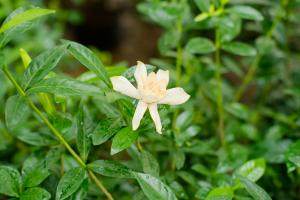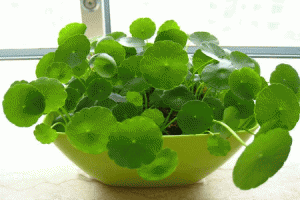How Much Bone Meal to Add to an Already Planted Tomato?
Tomatoes are one of the most grown vegetable plants in the world. They are nutritious, tasty, and easy to grow. However, one thing that all tomato growers need to keep in mind is that the plant needs the right nutrients in the soil for it to grow and produce fruits. One of these essential nutrients is phosphorus, which can be added to the soil using bone meal. But the question arises, how much bone meal should be added to an already planted tomato? Let's find out.
Understanding Bone Meal
Bone meal is a natural, slow-release fertilizer that is made from crushed bones that are rich in phosphorus and calcium. The phosphorus in bone meal is in the form of phosphates, which plants can easily absorb. Bone meal not only promotes healthy roots, but it also helps the plant to produce more flowers, fruits, and seeds. However, bone meal should be used with caution as it could burn the roots when used excessively.
When to Add Bone Meal to Tomatoes
It's essential to know when to add bone meal to tomatoes to maximize its benefits. Bone meal should be added to the soil before planting or during the early stages of plant growth. However, if you've already planted your tomatoes, bone meal can still be added. It's best to add bone meal during the fruiting stage of the tomato plant, as this is the time when the plant needs the most nutrients.
How Much Bone Meal to Add to an Already Planted Tomato
When adding bone meal to an already planted tomato, it's crucial to be cautious as an excess of bone meal could lead to burning the roots, and too little could be ineffective. The ideal ratio of bone meal to soil is one pound of bone meal for every 10 square feet of soil. Ideally, for an already planted tomato plant, it's best to use one tablespoon of bone meal per plant. Once you've added the bone meal, ensure to water the plant thoroughly to help the soil absorb the nutrients.
Other Tips on Using Bone Meal
While bone meal is an excellent source of phosphorus for tomatoes, it's essential to exercise caution when using it. Overuse of bone meal can lead to phosphorus buildup, which could harm the plant. Additionally, bone meal should not be used for long-term fertilization, as it breaks down slowly in the soil. To ensure your tomato plants receive the right amount of nutrients, it's best to perform a soil test and tailor your soil amendment accordingly.
The Bottom Line
Bone meal is an excellent source of phosphorus for tomatoes, and it can be added to an already planted tomato plant to enhance its growth and fruiting. However, it should be used carefully to avoid root burn, and the right amount should be added to the soil. If you're unsure about the correct amount of bone meal to add, it's best to seek advice from a horticulturist or gardening expert for the best results.

 how many times do yo...
how many times do yo... how many planted tre...
how many planted tre... how many pine trees ...
how many pine trees ... how many pecan trees...
how many pecan trees... how many plants comp...
how many plants comp... how many plants can ...
how many plants can ... how many plants and ...
how many plants and ... how many pepper plan...
how many pepper plan...































